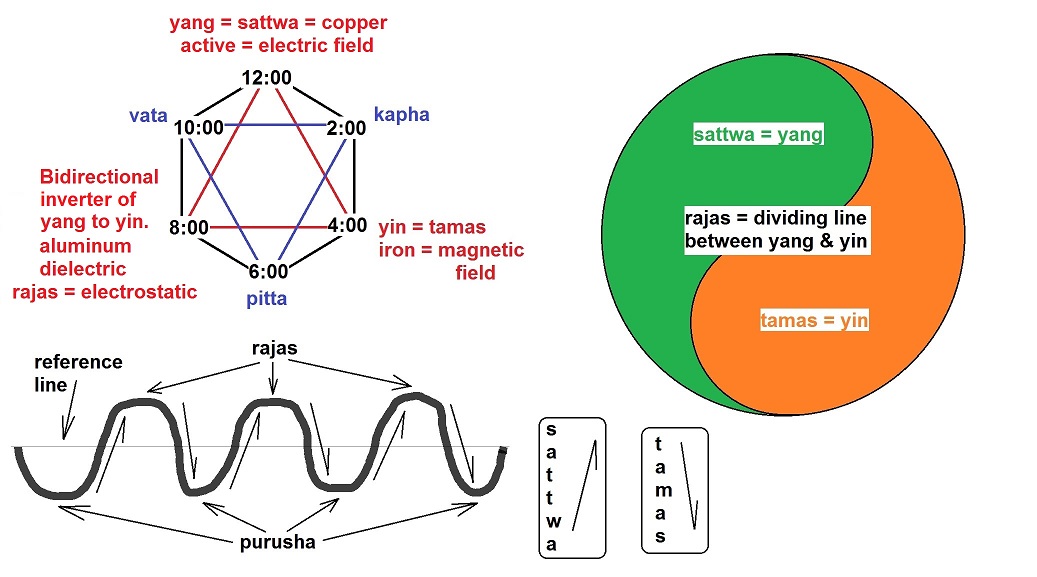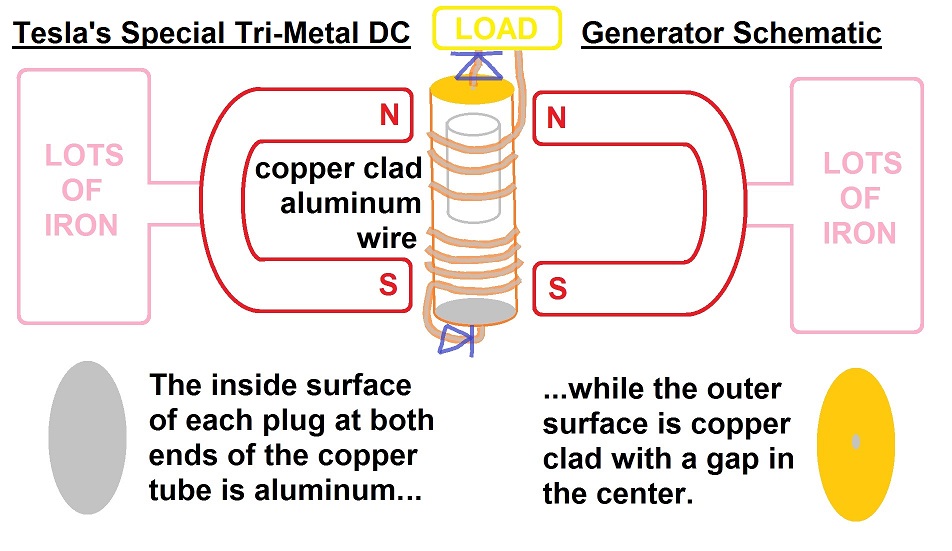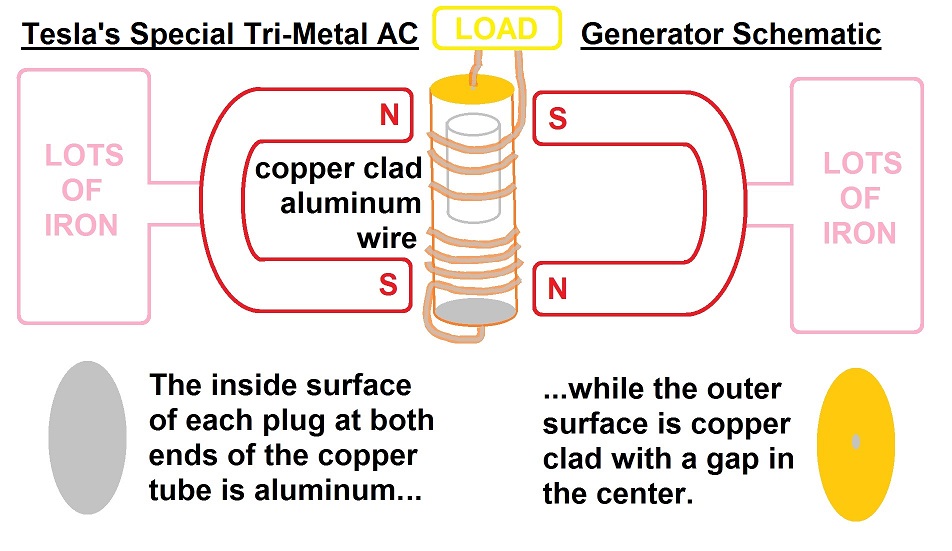More parallelisms of the five pranas...
The eight main gods at the top of creation (out of the myriad hierarchy of lesser gods) along with their associated attributes, five of whom are segregated according to their five associated elements.
Quoted in part and arranged according to, or with the assistance of, Charlie Lutes...
https://www.youtube.com/watch?v=R20O...index=3&t=2069
==============================================
the absolute
----------------------------------------------
krishna (ishwara?) :: purusha / absolute existence = being
==============================================
the relative; prakriti
----------------------------------------------
brahma/n :: sattwa guna (purity)
==============================================
The gap between the absolute and the relative defines the relationship between the two as a two-way street: the absolute is constantly tugging on the relative to transcend its relatively limited nature and experience absolute bliss consciousness: Sat-Chit-Ananda, while at the same time the relative is constantly tugging on the absolute to come out and manifest itself within the scope of relativity. This latter is what we do: we attempt to manifest some of the secrets of divine life in the form of higher modes of technology and the principles describing same. Dharma is the second highest deity. Only the Almighty is higher. Yet, Dharma is often overlooked. Usually, it's one or more of the other deities which get all of the attention, such as: Mother Divine (Mother Nature), Ganesh (wisdom), etc. Despite its penultimate status, Dharma is not a path of yoga. The five deities mentioned by Charlie in the above link are the five paths of yoga; one each per type of physiology - whatever our karma dictates, is whatever body type we're born with.
----------------------------------------------
dharma :: smriti (memory of dharma) / kama (desire)
==============================================
Originally posted by Vinyasi
View Post
{There being two natures to a god: an outer personal nature that everyone prays to along with an inner essential characteristic of each god which is meditated on to gain that nature to a greater degree in one's own consciousness as well as use that god's personal grace and essential nature as a vehicle to transcend the entire field of relative creation and gain momentary samadhi as a progressive effort to stabilize samadhi as a spontaneously constant experience.}
Quoted in part and arranged according to, or with the assistance of, Charlie Lutes...
https://www.youtube.com/watch?v=R20O...index=3&t=2069
==============================================
the absolute
----------------------------------------------
krishna (ishwara?) :: purusha / absolute existence = being
==============================================
the relative; prakriti
----------------------------------------------
brahma/n :: sattwa guna (purity)
- shiva :: tamas guna (destruction = involvement with matter; or, end of destruction = liberation = evolvement out of matter) :: space/akasha
- vishnu :: rajas guna :: air (maintainer)
- mother divine :: kapha dosha :: water
- ganesh :: vata dosha :: earth
- surya :: pitta dosha :: fire
==============================================
The gap between the absolute and the relative defines the relationship between the two as a two-way street: the absolute is constantly tugging on the relative to transcend its relatively limited nature and experience absolute bliss consciousness: Sat-Chit-Ananda, while at the same time the relative is constantly tugging on the absolute to come out and manifest itself within the scope of relativity. This latter is what we do: we attempt to manifest some of the secrets of divine life in the form of higher modes of technology and the principles describing same. Dharma is the second highest deity. Only the Almighty is higher. Yet, Dharma is often overlooked. Usually, it's one or more of the other deities which get all of the attention, such as: Mother Divine (Mother Nature), Ganesh (wisdom), etc. Despite its penultimate status, Dharma is not a path of yoga. The five deities mentioned by Charlie in the above link are the five paths of yoga; one each per type of physiology - whatever our karma dictates, is whatever body type we're born with.
----------------------------------------------
dharma :: smriti (memory of dharma) / kama (desire)
==============================================







Comment